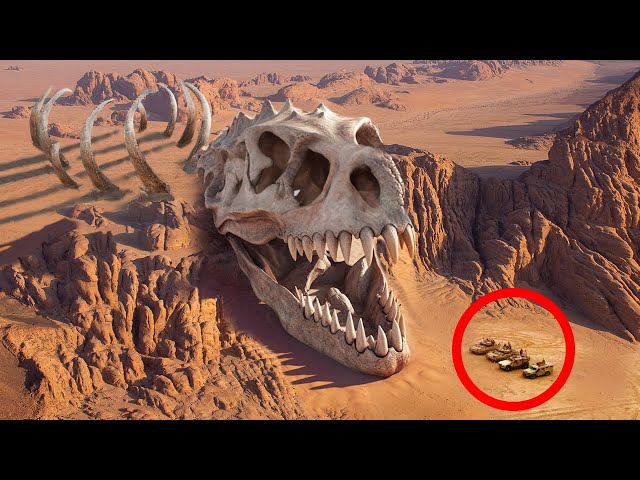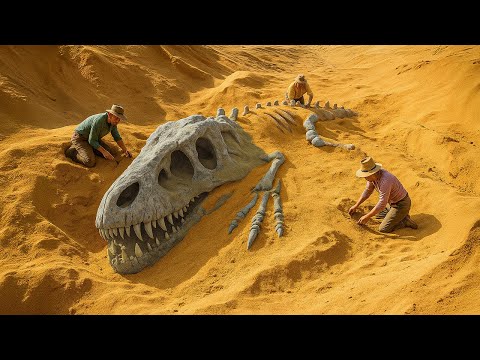The enigma of the Atacama Desert
The Atacama Desert is a scientific enigma due to its extreme conditions, which have led to a number of breathtaking discoveries and mysteries. Located in Chile, it is the driest non-polar desert on Earth, with some areas receiving virtually no rainfall for centuries. This unique environment has made it a living laboratory for scientists and a perfect repository for ancient secrets.

Despite its extreme aridity, the Atacama is not lifeless. Scientists have discovered unique microbial life forms that have adapted to survive on what little moisture exists in the air. These hardy extremophiles are of particular interest to astrobiologists, who study them to understand how life might exist on other planets, like Mars. The desert’s dryness has also preserved human history in remarkable ways, including the Chinchorro mummies, which are thousands of years older than the mummies of ancient Egypt.

The Atacama’s clear, dry air and high altitude make it one of the best places on Earth for astronomy. It is home to some of the world’s most advanced telescopes, including the ALMA observatory, which studies the formation of stars and planets. The desert’s mysteries have also given rise to modern folklore, most famously the “Atacama Skeleton” or “Ata.” For years, this tiny, 6-inch skeleton was at the center of alien conspiracy theories, but a 2018 study confirmed that Ata was a human female with severe genetic mutations and not a being from another world.
